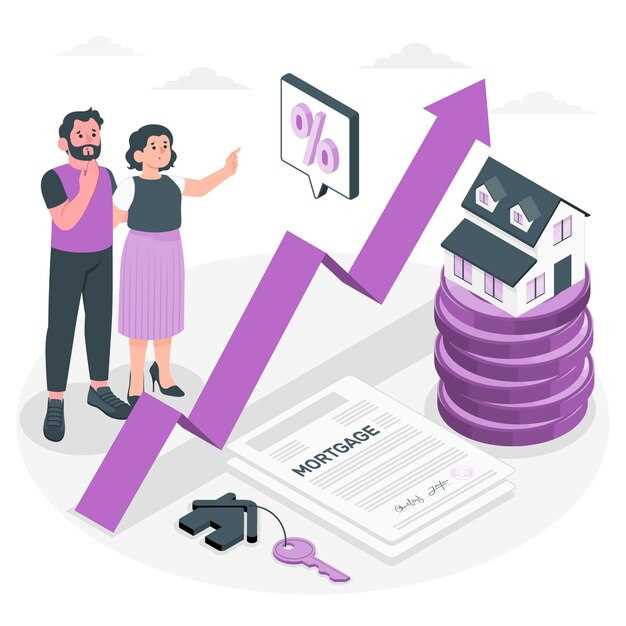
In today’s competitive market, effectively documenting your business processes is not just a matter of organization–it’s a strategic approach to enhancing the resale value of your company. Clear and comprehensive documentation serves as a valuable asset during the sale process, demonstrating the business’s reliability and potential for future success. Potential buyers are increasingly looking for established systems that can streamline operations and reduce the learning curve, making well-documented processes a key selling point.
One of the primary benefits of thorough documentation is its ability to illustrate the scalability of a business. When processes are recorded in a systematic manner, it becomes easier for prospective buyers to identify areas for growth and expansion. This documentation can include everything from standard operating procedures to flowcharts and checklists that outline workflows, thereby providing a roadmap for future management. As buyers assess the potential for return on investment, well-structured documentation can significantly boost their confidence in acquiring the business.
In addition to enhancing appeal to potential buyers, documenting processes fosters greater operational efficiency. Employees can refer to standardized documentation to ensure consistency, which not only leads to improved productivity but also minimizes the risk of errors. This, in turn, cultivates a positive reputation in the marketplace, further increasing the allure of your business during the resale process. In summary, investing time and resources in process documentation is a crucial step in building a business that stands out in the eyes of potential buyers, ultimately leading to a higher resale value.
How to Create Standard Operating Procedures for Business Operations

Creating Standard Operating Procedures (SOPs) is essential for maintaining consistency and efficiency in business operations. SOPs serve as a reference guide for employees, ensuring they follow the same processes for tasks and responsibilities. Here’s a step-by-step approach to developing SOPs for your organization.
1. Identify the Purpose and Scope: Clearly define the objectives of the SOP. Determine the specific processes that require documentation. This involves identifying critical operations that affect productivity, compliance, and quality.
2. Gather Input from Stakeholders: Involve employees who perform the tasks regularly. Collect their insights about the procedures, challenges faced, and suggestions for improvement. This collaboration ensures the SOP is practical and user-friendly.
3. Choose a Format: Decide on a format that suits your business. Options include step-by-step instructions, flowcharts, checklists, or a combination. The chosen format should be easy to follow and visually appealing to facilitate understanding.
4. Develop the Content: Start documenting the procedures with clear and concise language. Break down complex tasks into manageable steps. Include any necessary tools, materials, or resources required to complete the process effectively.
5. Review and Revise: Circulate the draft SOP among stakeholders for feedback. Incorporate their suggestions to improve clarity and completeness. Ensure that the procedures align with current best practices and regulations.
6. Test the SOP: Before finalizing, conduct a trial run of the SOP. Assign employees to follow the documented procedures and observe any challenges. Adjust the SOP based on the feedback received during this testing phase.
7. Implement and Train: Once finalized, communicate the SOP to all relevant employees. Provide training sessions to ensure everyone understands the procedures and their importance. Encourage questions and discussions to clarify any uncertainties.
8. Monitor and Update: Regularly review the SOP to ensure it remains relevant and effective. Update it as necessary to accommodate changes in processes, technology, or compliance requirements. Encourage continuous improvement through feedback from employees.
By following these steps, businesses can create comprehensive SOPs that improve consistency, enhance productivity, and increase the overall resale value of the company, making it a more attractive opportunity for potential buyers.
Identifying Key Metrics to Track for Increasing Asset Value

To enhance the resale value of an asset, it is essential to identify and track specific key metrics that indicate its performance, condition, and overall appeal to potential buyers. The following metrics are crucial for assessing the asset’s value accurately.
1. Condition and Maintenance Records: Keeping detailed maintenance records showcases the asset’s upkeep. Metrics such as the frequency of repairs, date of last service, and overall condition ratings are vital. A well-documented history indicates responsible ownership, reducing perceived risk for buyers.
2. Market Trends and Comparables: Tracking market trends within the asset’s segment provides insights into its potential value appreciation. Analyze comparable sales data, including recent sale prices, days on the market, and price fluctuations over time, to assess the asset’s standing and forecast its resale potential.
3. Usage Statistics: Understanding how an asset is utilized can affect its value. Collect metrics such as hours of use, operational efficiency, and wear and tear. Low usage levels may signal better preservation, while high usage can highlight necessary upgrades or repairs.
4. Depreciation Rates: Monitor the depreciation rate of the asset over time. Knowing the typical lifespan and depreciation curve aids in estimating future resale value. Calculating current worth based on depreciation trends can support pricing strategies during resale.
5. Demand and Supply Dynamics: Analyze the supply-demand relationship in the market. Metrics like inventory levels, buyer inquiries, and market saturation can indicate the desirability of the asset. Understanding demand trends allows for strategic timing of the resale to maximize value.
6. Financial Performance Indicators: For income-generating assets, metrics like return on investment (ROI), net operating income (NOI), and cash flow should be monitored. Strong financial performance metrics signal robust health, attracting more buyers and potentially leading to better offers.
7. Compliance and Certification Status: Ensure all necessary certifications and compliance records are up-to-date. Compliance metrics highlight the asset’s legality and safety, making it more appealing to potential buyers who prioritize certified products or services.
By consistently monitoring these key metrics, asset owners can make informed decisions, enhance the asset’s presentation, and ultimately increase its resale value effectively.
Implementing Continuous Improvement Practices in Documented Processes
Continuous improvement is essential for enhancing documented processes, ensuring that they remain relevant and effective over time. By systematically evaluating and refining these processes, organizations can increase their efficiency, reduce waste, and ultimately boost their resale value.
1. Establish a Baseline
The first step in implementing continuous improvement is to establish a clear baseline. This involves documenting current processes in detail, identifying key performance indicators (KPIs), and setting measurable benchmarks. By having a comprehensive understanding of the existing state, organizations can better assess improvements over time.
2. Foster a Culture of Feedback
Encouraging feedback from employees at all levels is crucial for identifying areas that require improvement. Regularly soliciting input on documented processes helps reveal inefficiencies and bottlenecks. Creating an open environment where team members feel comfortable sharing their insights can lead to more effective solutions and innovations.
3. Implementing Plan-Do-Check-Act (PDCA)
The PDCA cycle is a widely recognized method for continuous improvement. In this framework, organizations Plan a change, Do it on a small scale, Check the results, and Act on what has been learned. This iterative process allows for gradual improvements while minimizing disruption to ongoing operations.
4. Utilize Data-Driven Decision Making
Tracking relevant data is essential for informed decision-making. Organizations should leverage analytics tools to monitor KPIs and analyze trends. Data-driven insights provide a solid foundation for identifying areas for improvement and measuring the impact of changes made to documented processes.
5. Standardize Successful Changes
Once a beneficial change has been tested and validated through the PDCA cycle, it should be standardized and integrated into the documented processes. Clear documentation of these changes ensures that improvements are not lost over time and provides a framework for future enhancements.
6. Regular Reviews and Updates
Establishing a schedule for regular reviews of documented processes is essential. These reviews should assess not only the performance against KPIs but also the relevance of the processes themselves. Adjustments should be made as necessary to adapt to changing market conditions, technologies, and customer expectations.
7. Training and Development
Ensuring that employees are well-trained in both the documented processes and the principles of continuous improvement is critical. Regular training sessions and workshops can help staff understand the importance of their roles in the improvement cycle, fostering a sense of ownership and accountability.
By implementing these practices, organizations can create a robust framework for continuous improvement within their documented processes. This approach not only enhances operational efficiency but also significantly contributes to the long-term resale value of the organization.

